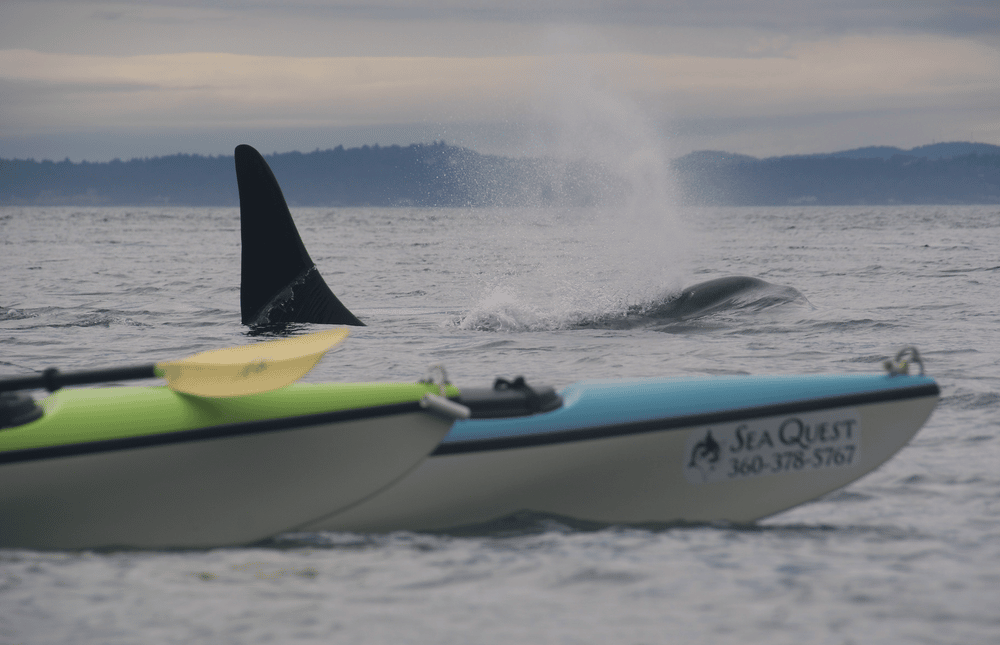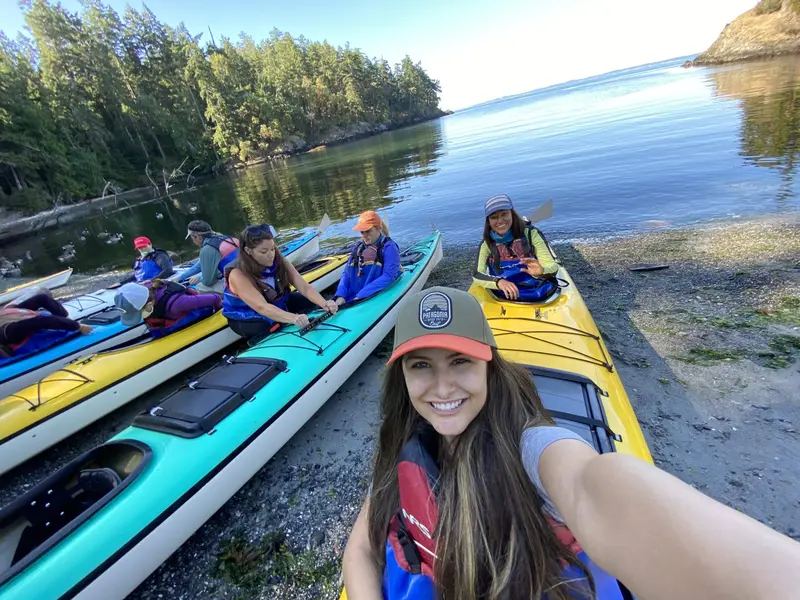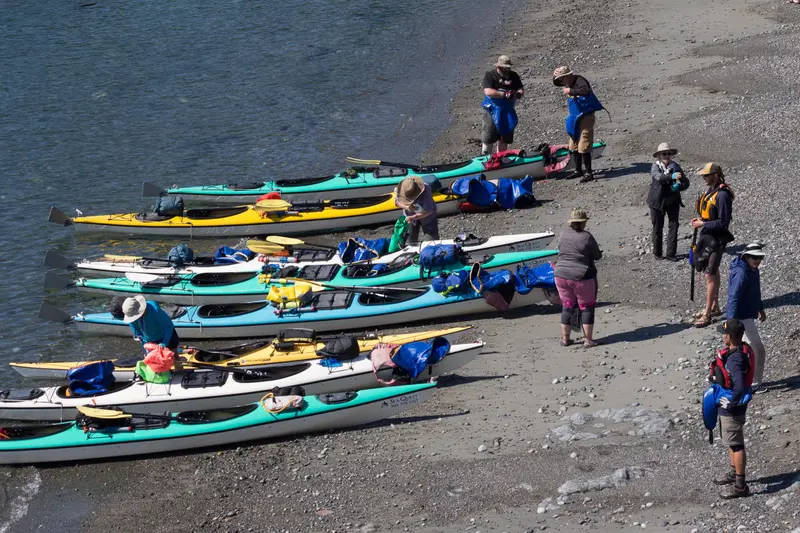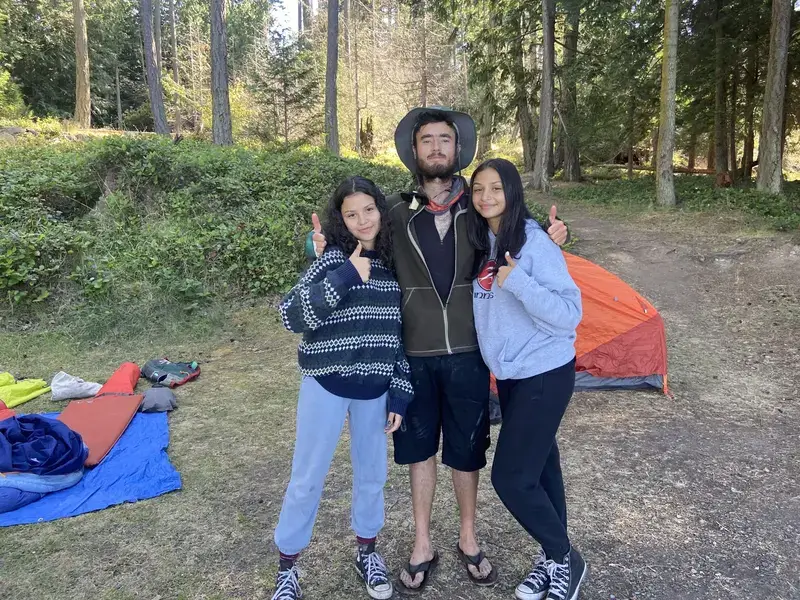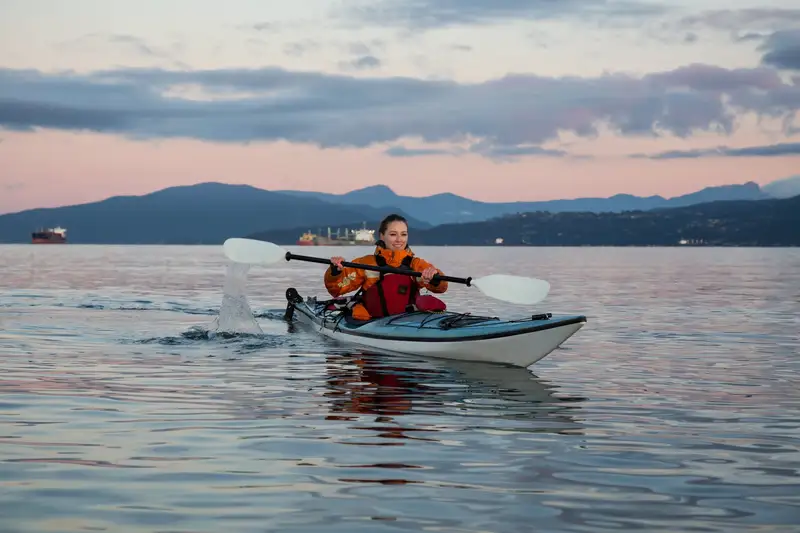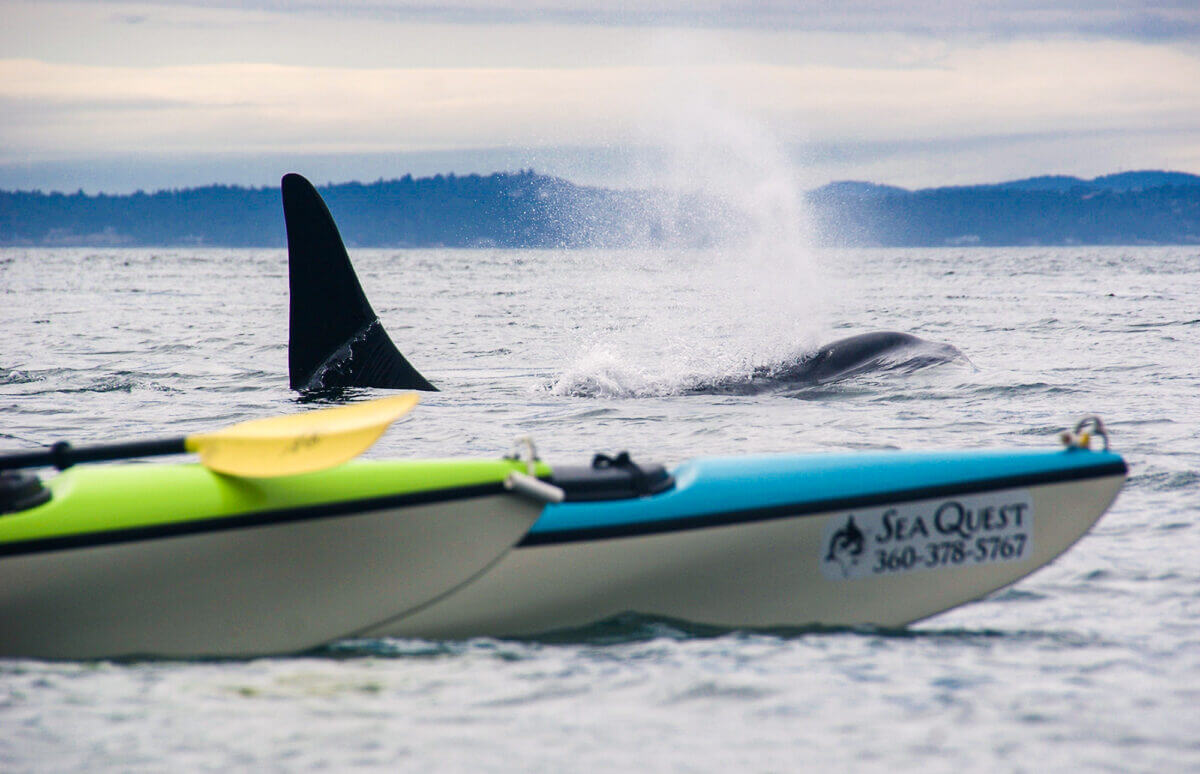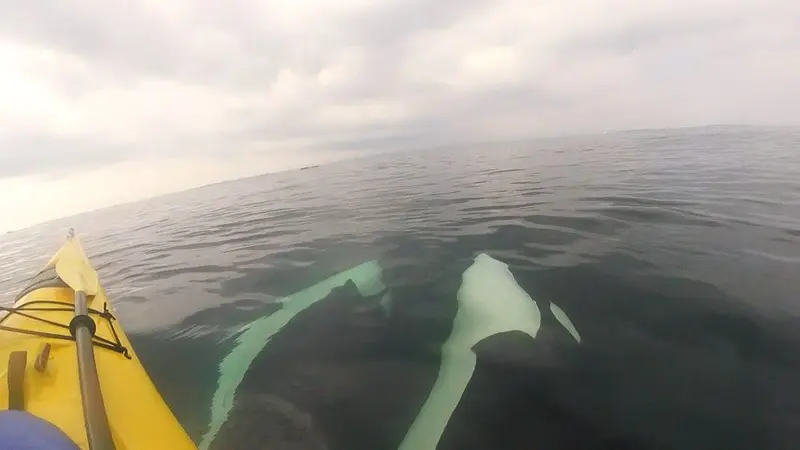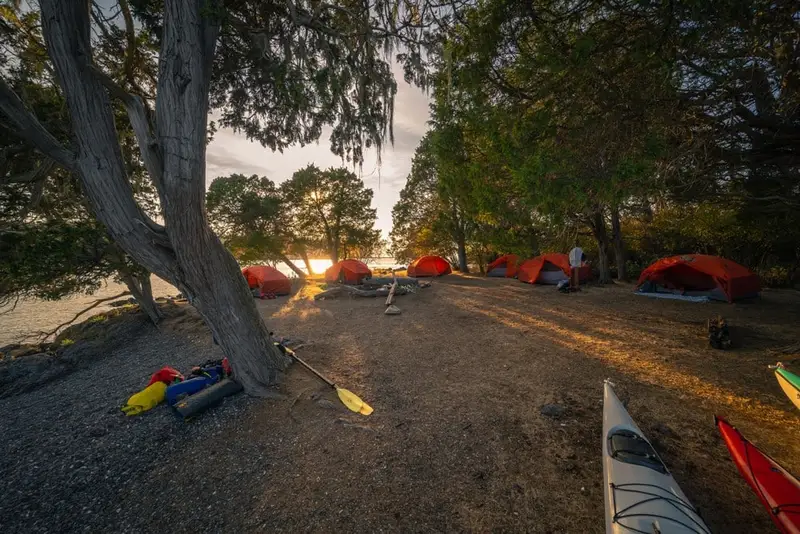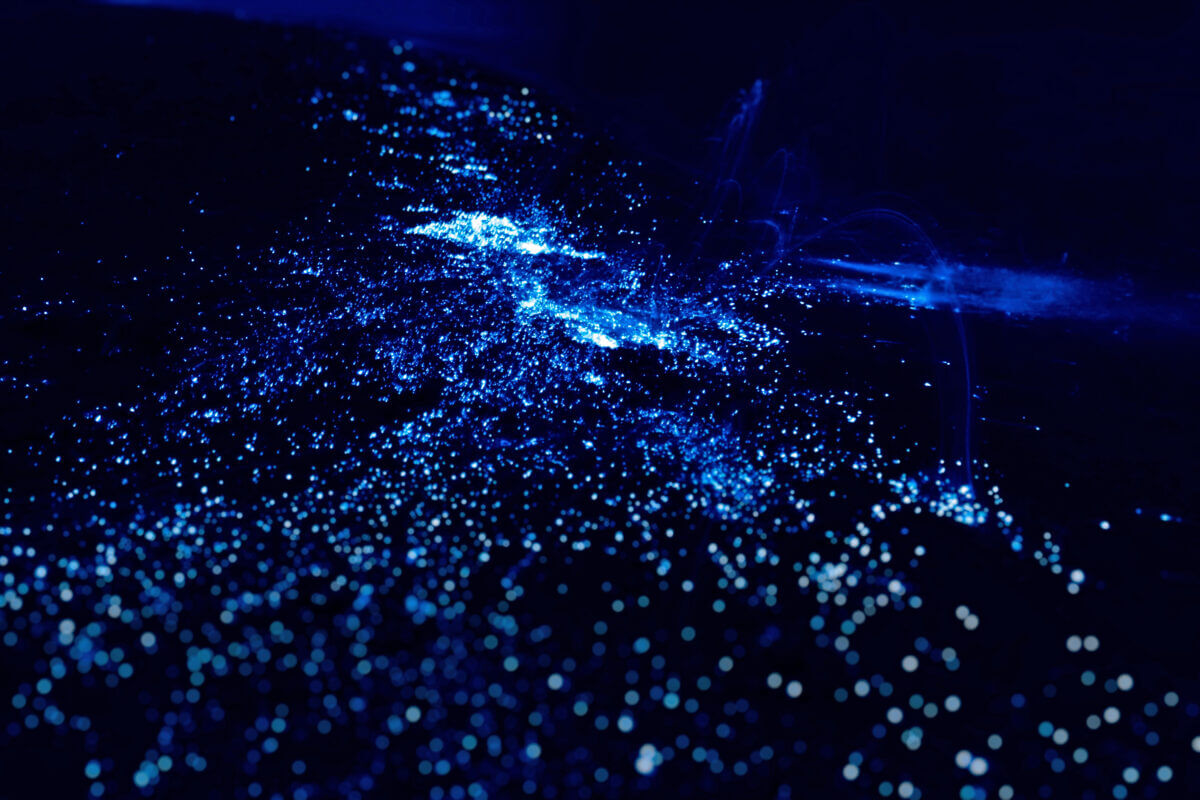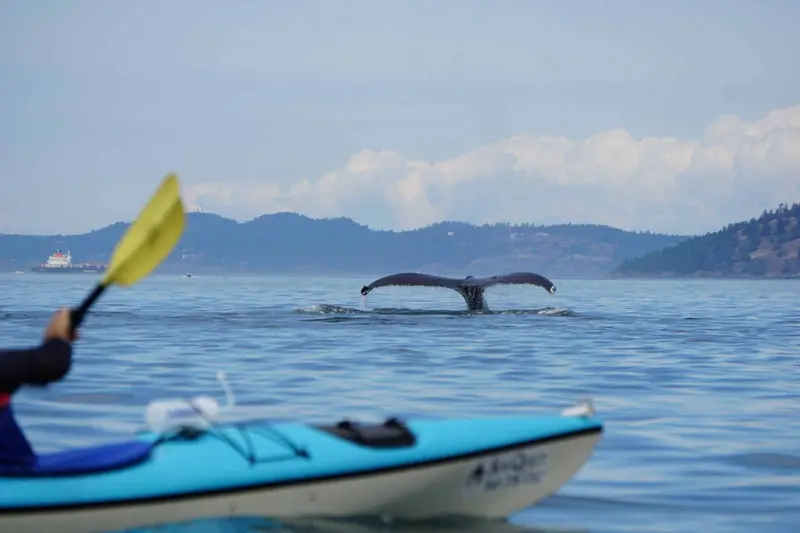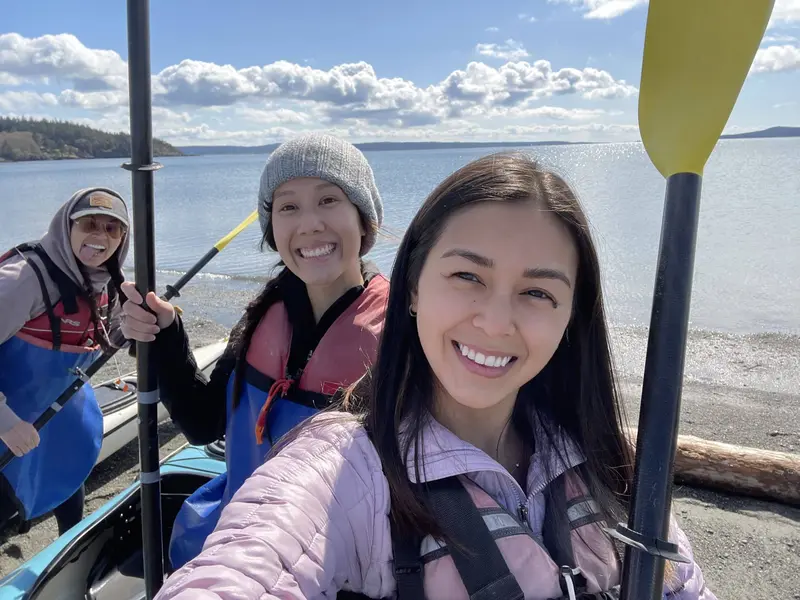Kayak Whale Watching in the San Juan Islands
San Juan Sea Kayaking
Join An Adventure Of A Lifetime!
WHY CHOOSE SEA QUEST FOR YOUR KAYAK ADVENTURE IN THE ORCA WHALE WATERS?
Best prices for San Juan Islands kayak tours in the whale waters.
Best chance to kayak with orca whales in their natural habitat. Top location to witness whales nationwide!
Kayak camping tours on small, remote islands with many eagles, otters & seals.
State-of-the-art sea kayaking equipment and newest kayaks in the San Juan Islands.
A great diversity of trip types including women only kayak trips!
Kayak along stunning sea cliffs & lighthouses in the wilder western San Juan Islands.
Kayak to National Monuments, National Historical Parks, National Wildlife Refuges, State Parks and County Parks.
Biologist/naturalist kayak guides with an excellent safety record!
Ready to Start Your Adventure?
KAYAK WHALE WATCHING VIDEOS NEAR SEATTLE, WASHINGTON
The San Juan Islands of Washington are famous as the top orca whale watching location in the United States. The first park in the world dedicated to whale watching was created here. If you are looking for a kayak tour near Seattle, the sheltered waters of the San Juan Islands are the perfect place. Sea Quest kayak trips provide beginners with the best opportunity to kayak with killer whales near Seattle, Washington and the entire US!
Of all orca whale sightings in Washington state, over 95% occur in just one narrow corridor along the western edge of the San Juan Islands. This is where the killer whales do nearly all of their hunting and playing. When we know they are present, we plan Sea Quest kayak trips to spend as much time as possible in this location to maximize you chances for orca whale watching! Sea Quest pioneered orca whale watching kayak tours in the San Juan Islands over 30 years ago and our San Juan Island kayak trips are guided by biologists, environmental scientists, and naturalists that can tell you about the lives of these amazing animals.
Our sea kayaking routes maximize your chances to kayak with orcas. From 2005-2018 killer whale sightings were enjoyed by 55% of our kayak camping trip guests. Our day trip guests experienced the thrill of an orca whale encounter on 33% of their kayak tours. Please note that these impressive results came after the orca whales were listed as endangered in 2005. It is important to understand that these are long-term averages – individual months or years can be much better or far worse. Variations are due to the number of chinook salmon present in the San Juan Islands. As even the best fishery biologists cannot accurately predict salmon returns, it is impossible to know if any particular month or year will be good, bad, or average for orca whale-watching. Sadly, due to a lack of prey, 2019 and 2020 were the two worst years in history for salmon orca sightings. Previous poor periods have always rebounded quickly and so we hope for the best in 2021. Remember, these are wild orca whales and they don’t perform on schedule, so we can’t guarantee whales on any kayak trip!
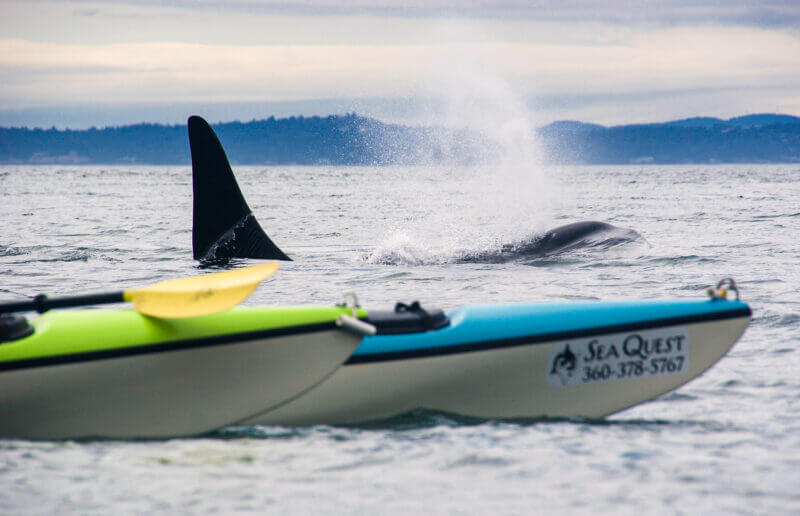
As good as results were from 2005-2018, they were even better in our first 15 years of whale watching kayak tours in the San Juan Islands. This was an era of consistently amazing whale watching encounters on our kayak tours. Sadly, we began to notice a gradual decline in salmon orca sightings that led to their recognition in 2005 as an endangered species, along with the chinook salmon they rely on for over 90% of their diet. This tragedy has resulted from decades of irresponsible destruction of spawning habitat in American rivers and streams. The chinook population has recently been so low it has severely impacted the health and fertility of the most famous killer whale families in the world. Known to biologists as J-, K-, and L-pods, these three extended families comprise a unique cultural and genetic group. Thanks to their predictable hunting strategies and friendly nature, they dominated our whale watching encounters up until the last two years.
These “salmon orca” are known to the scientific community as “southern resident killer whales” and their continued survival is in jeopardy. Often called “resident orcas” despite the fact that two species of killer whales reside in the San Juan Islands — the salmon orca have been experiencing long periods of malnutrition and a rise in mortality since being protected by the federal government. Unfortunately, the agencies responsible for recovering both chinook and orca whales are grossly ineffective as their leaders put political and corporate concerns ahead of fish, whales, and a healthy environment for everyone.
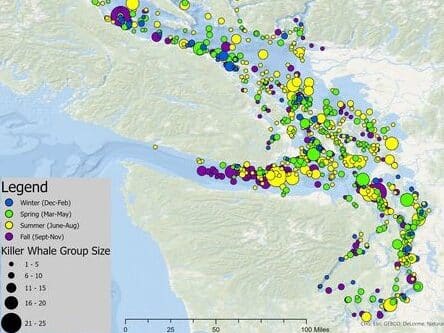
Sightings of salmon orcas have recently declined, but encounters with mammal-hunting (Bigg’s) killer whales have risen dramatically. 2019 was the first year that we saw more Bigg’s killer whales than salmon orcas and this trend is likely to continue. While salmon orcas struggle to find enough chinook, Bigg’s killer whales are finding more prey every year. Thanks to improved regulation of bottom-fisheries, sea lion colonies that had previously collapsed due to starvation are now thriving again. Their recovery has led to a doubling of the Bigg’s killer whales in our region with a population now over 400. These mammal-eating killer whales also hunt harbor seals that number over 5000 in the San Juan Islands – one of the densest concentrations of large predators anywhere on Earth! Porpoises and an occasional whale round out the menu of this exceptionally large and stealthy variety of killer whale.
We now recognize two species of killer whales in the Pacific Northwest, and perhaps five others throughout the world. Although two kinds share the waters of the Salish Sea and can be seen in the same waterway at times, they do not interact in any way and have not interbred for 700, 000 years! Their social culture, language, diet and hunting techniques are too unique to allow it. No one knows how they will fare in the future, but they will only survive if humans decide to be good stewards of our shared marine environment. One is totally reliant on chinook salmon, the other on marine mammals – and humans hold the key to protecting them all.
Click here to look at our whale watching kayak trip maps with the killer whale feeding and traveling routes highlighted.
Check out our blog or Facebook page for past reports on our whale watching results. Here are some representative monthly reports: June 2010, July 2010, August 2010, September 2010, June 2011, July 2011.
Sadly, there are a several companies that advertise “kayaking with the orcas” in the San Juan Islands that use routes where whales are randomly or rarely encountered. Their kayak tours never actually paddle in the primary orca whale-watching area so they see orcas only a couple of times over an entire summer if they are lucky. They certainly won’t be seeing them with the frequency we do along the western edge of the San Juan Islands in the prime killer whale hunting and feeding area.
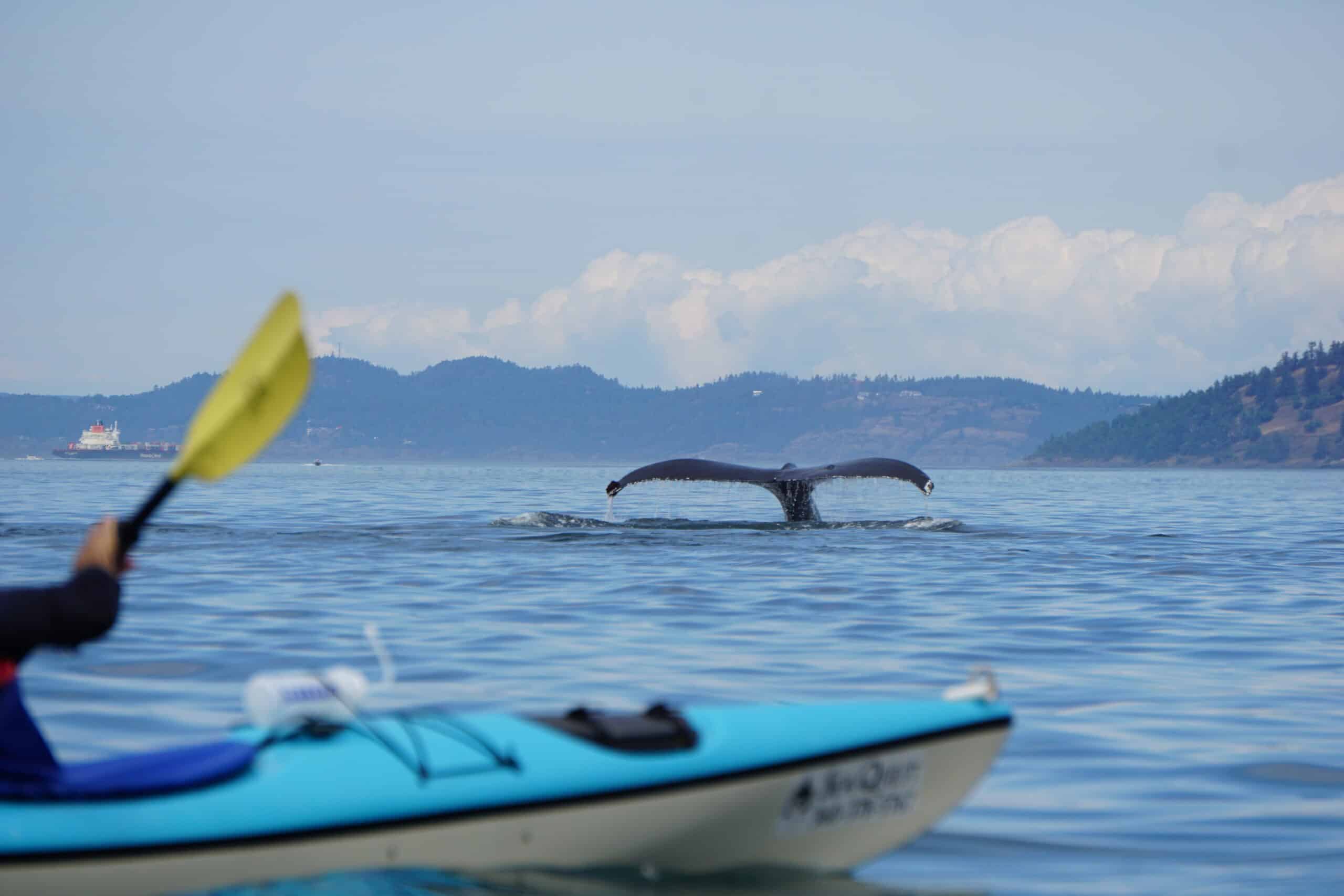
A few other kayaking companies offer kayak tours that briefly visit the primary orca whale watching zone but paddle the majority of the trip outside of it. Spending too little time in the proper habitat is a formula for failure. When we know orcas are present, Sea Quest spends the largest portion of time kayaking in the orca whale-watching zone compared to any outfitter in Washington. As biologists, we know that kayaking with orcas requires spending the most time possible in the best hunting locations. Another key ingredient for successful killer whale watching is patience and understanding that it may take more than one kayak tour to see them!
Being the best at locating killer whales for the past 30+ years is due to experience, knowledge, and effort. Other companies attempt to downplay our success by saying we are “lucky”. These companies mostly operate tours in the eastern half of the San Juan Islands or the Anacortes area — far from the primary whale-watching zones. Decades of studies by biologists show that killer whales are sighted near Anacortes an average of less than 10 times a month — and usually far from shore.
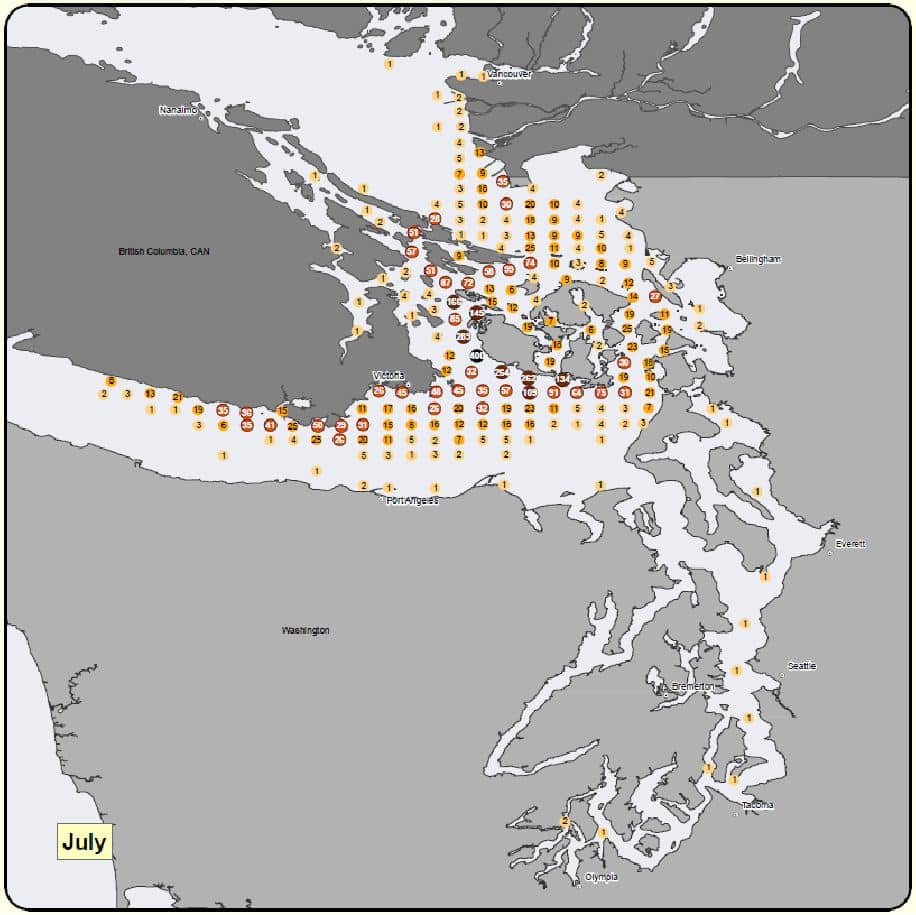
In contrast, orcas have been sighted at Lime Kiln Whale Watch Park on San Juan Island an average of 1,589 times each summer from 1990-2010 — and mostly right close to shore.
Click the map on the right to see an enlarged view of US government data for killer whale sightings in July. Note that the black circle is located next to our primary launch beach and is the top orca whale location in the United States with 400 sightings on average each July. Click here to download all 12 months of killer whale watching data and be sure to zoom in to see the details. Don’t believe anyone who tells you that they see orcas as frequently as Sea Quest!
If you are comparing sea kayaking companies in Washington, ask to see their paddling routes and compare them to our maps of where killer whales are usually seen. Ask them if they can back up their orca whale-watching claims with actual data for your review. Our San Juan Islands kayak tour route maps illustrate how closely we follow the main orca whale watching corridor. If the other company doesn’t stick to the primary killer whale route, your chances of watching killer whales with them is almost zero!
More About Kayak Whale-Watching in the San Juan Islands
Along with the acrobatic orcas, we watch whales of several other species on our San Juan Islands kayak tours. The minke whale, gray whale, humpback whale, Dall’s porpoise, and harbor porpoise are the five most frequently seen after the killer whale.
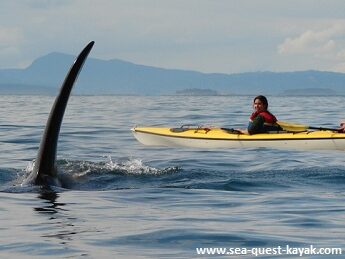
Orca whales were seen by 55% of our multi-day kayaking trip guests from 2005-2018. But remember that this is an average and each year can vary significantly. Some are far better and others are far worse – and no one can predict in advance! Keep in mind that the long-term trend has been downward due to the salmon orcas’ recent struggle for survival. To see month-by-month whale-watching results compiled from 2005-2018, read the individual trip description pages by clicking on the left sidebar menu. You can significantly elevate your chances by joining a kayak trip during the peak months indicated. Selecting the longest kayak tour you have time for also increases chances for whale-watching encounters. Orca whale-watching is most reliable from mid- April through mid-October with killer whale activity peaking June through September.
Minke whales, more difficult to locate than orca whales due to their solitary habits, occur during the same period but most sightings are from mid-July to mid-October. Our two smallest whales, the Dall’s and harbor porpoises, were seen on 45% of our kayak tours during those years. Porpoises are found May through October with a slight peak in August and September. Humpback whales are fairly common while gray whales and white-sided dolphins are rarely seen.
Is Kayaking with Killer Whales Safe?
Many people ask us if it is safe to kayak with orcas. The answer is an emphatic YES! These intelligent whales have never injured a human in the wild. Only captive orca whales have harmed people due to the unnatural conditions they are forced to endure. Orca whales are extremely aware of their surroundings and NEVER collide with kayaks. They approach kayaks with the same respect that we offer them.
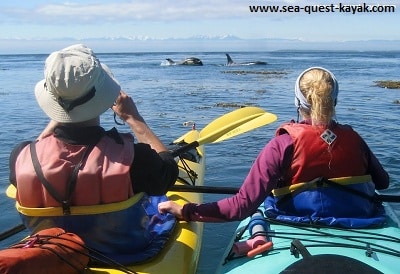
The resident killer whales of the San Juan Islands are the most studied whales in the world; they in turn have observed humans for at least six thousand years. Stable family groups, called pods, represent several generations and include grandmothers (the pod leaders), adolescents, infants, and huge bulls. Each family member is recognized by its distinctive markings and can live as long as a human. Much of what is known about the orca whale’s highly-organized social life has been learned from the resident pods you can watch from kayaks in the San Juan Islands of Washington.
Sea Quest carefully adheres to all laws that regulate whale-watching. Despite the fact that our silent non-polluting kayaks have no adverse impacts on killer whales, kayakers have been swept up in the same laws that apply to motorized boats. Hypocritically, the responsible agency allows military vessels to enter the marine sanctuary to use high-energy sonar that permanently deafens marine mammals.
They are also allowed to explode bombs and torpedoes that have accidentally killed our endangered orcas. The agency also exempts fishing vessels and freighters from the regulations despite the fact that commercial ships create intensely disorienting sound levels underwater and place entangling nets in the whales path.
Like other whale-watching boats, we are required to position our kayaks 200 yards away from Bigg’s killer whales and 300 yards from salmon orcas. Fortunately, killer whales frequently ignore governmental rules and we often observe them approach our kayaks of their own accord. We have even seen them copulating and nursing calves beneath our kayaks in water only 10 feet deep!

Sea Quest kayak trip being examined by a spyhopping killer whale – photo by Washington whale watching captain Jim Maya.


